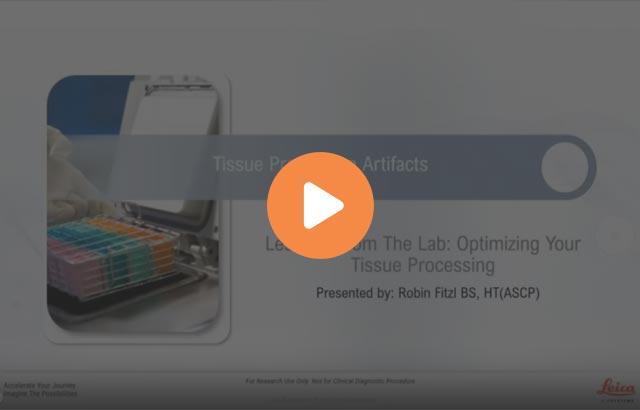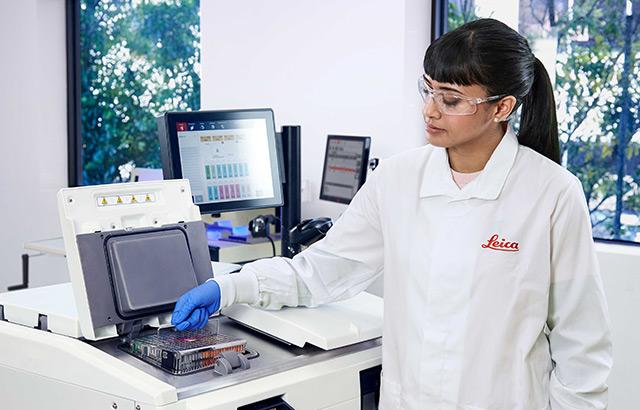Tissue Processing: A Cornerstone to Quality Downstream Testing

Since the 19th century, the practice of tissue processing has remained largely unchanged, resulting in solidified, paraffin-embedded tissue blocks for sectioning. As staining procedures have advanced and immunohistochemistry is becoming more widely used, high-quality tissue sections are paramount for accurate interpretation of disease processes..
At each processing stage, many variables require consideration to eliminate artifacts and preserve tissue morphology to ensure high-quality sectioning. This talk will review basic strategies to develop best laboratory practices and protocols from the beginning of the histology workflow, which results in good quality sections to minimize the need for repeat downstream testing.
Once the tissue has been processed well, getting good sections placed onto the glass slide should be easier; however, this is not always the case, with some cases proving challenging to cut. In this section of the talk, we will review the basics of embedding and sectioning, including paraffin types, molds, blades, and slides, as well as a discussion of artifacts. We will then present the “tricks of the trade” or “histology hacks” that almost every seasoned histologist has kept secret until now.
For Research Use Only. Not for use in diagnostic procedures.
Related Content
El contenido de Leica Biosystems Knowledge Pathway está sujeto a las condiciones de uso del sitio web de Leica Biosystems, disponibles en: Aviso legal.. El contenido, incluidos los webinars o seminarios web, los recursos de formación y los materiales relacionados, está destinado a proporcionar información general sobre temas concretos de interés para los profesionales de la salud y no está destinado a ser, ni debe interpretarse como asesoramiento médico, normativo o jurídico. Los puntos de vista y opiniones expresados en cualquier contenido de terceros reflejan los puntos de vista y opiniones personales de los ponentes/autores y no representan ni reflejan necesariamente los puntos de vista ni opiniones de Leica Biosystems, sus empleados o sus agentes. Cualquier enlace incluido en el contenido que proporcione acceso a recursos o contenido de terceros se proporciona únicamente por comodidad.
Para el uso de cualquier producto, debe consultarse la documentación correspondiente del producto, incluidas las guías de información, los prospectos y los manuales de funcionamiento.
Copyright © 2025 Leica Biosystems division of Leica Microsystems, Inc. and its Leica Biosystems affiliates. All rights reserved. LEICA and the Leica Logo are registered trademarks of Leica Microsystems IR GmbH.



